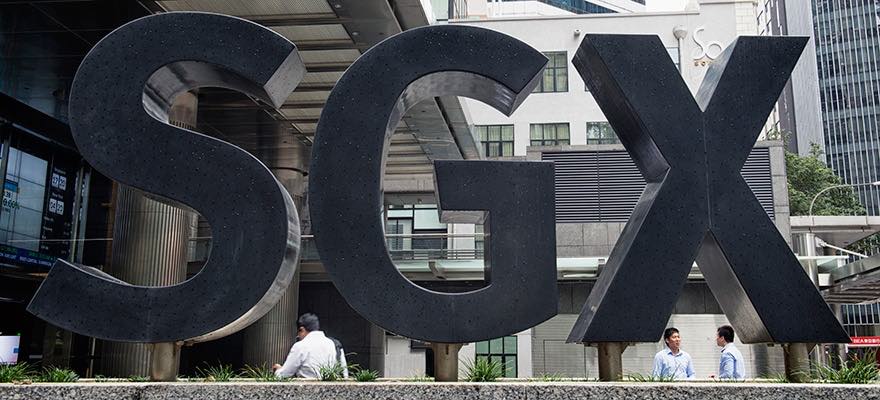Singapore Exchange (SGX), the country’s paramount exchange operator, has just reported its monthly volumes across its derivatives and commodities business for October 2017, which added to last month’s mixed performance across multiple segments.
Register now to the London Summit 2017, Europe’s largest gathering of top-tier retail brokers and institutional FX investors
SGX’s total turnover managed to snap out of a tight consolidation of volumes that has been largely intact in Q3 as October did feature more activity across several relevant markets.
Over 21 trading days, SGX reported its securities volumes at S$24.0 billion in October 2017, up 10% month-on-month. The latest figures also indicated a higher performance over a yearly timeframe, relating to a growth 22 percent year-over-year from October 2016.
Furthermore, the SGX’s daily average value of trading in the month of October 2017 yielded S$1.1 billion, up by a factor of 5 percent month-over-month from September 2017 – by extension, the average daily values of trading were higher by 22 percent year-over-year from October 2016.
SGX’s total market capitalization during October 2017 climbed to S$1.1 trillion, good for a growth of 10 percent month-over-month from just S$1.0 trillion in September 2017. This figure encompassed the total market cap for all 749 listed companies on the SGX, losing five listings since the previous month.
In a different vein, SGX failed to build on a recent upward trend in its derivatives business, which now moved lower in October 2017. More specifically, October 2017’s volumes dropped to 14.9 million contracts traded, vs. 16.0 million contracts in September 2017, or -7 percent month-over-month. This was higher though when measured against 2016, having climbed by 29 percent year-over-year from October 2016.
Finally, SGX’s total FX futures were reported at 1.0 million contracts in October 2017, down by 20 percent month-over-month from 1.3 million contracts in September 2017. However, FX futures were able to notch an advance of 109 percent year-over-year from October 2016.
Singapore Exchange (SGX), the country’s paramount exchange operator, has just reported its monthly volumes across its derivatives and commodities business for October 2017, which added to last month’s mixed performance across multiple segments.
Register now to the London Summit 2017, Europe’s largest gathering of top-tier retail brokers and institutional FX investors
SGX’s total turnover managed to snap out of a tight consolidation of volumes that has been largely intact in Q3 as October did feature more activity across several relevant markets.
Over 21 trading days, SGX reported its securities volumes at S$24.0 billion in October 2017, up 10% month-on-month. The latest figures also indicated a higher performance over a yearly timeframe, relating to a growth 22 percent year-over-year from October 2016.
Furthermore, the SGX’s daily average value of trading in the month of October 2017 yielded S$1.1 billion, up by a factor of 5 percent month-over-month from September 2017 – by extension, the average daily values of trading were higher by 22 percent year-over-year from October 2016.
SGX’s total market capitalization during October 2017 climbed to S$1.1 trillion, good for a growth of 10 percent month-over-month from just S$1.0 trillion in September 2017. This figure encompassed the total market cap for all 749 listed companies on the SGX, losing five listings since the previous month.
In a different vein, SGX failed to build on a recent upward trend in its derivatives business, which now moved lower in October 2017. More specifically, October 2017’s volumes dropped to 14.9 million contracts traded, vs. 16.0 million contracts in September 2017, or -7 percent month-over-month. This was higher though when measured against 2016, having climbed by 29 percent year-over-year from October 2016.
Finally, SGX’s total FX futures were reported at 1.0 million contracts in October 2017, down by 20 percent month-over-month from 1.3 million contracts in September 2017. However, FX futures were able to notch an advance of 109 percent year-over-year from October 2016.
















